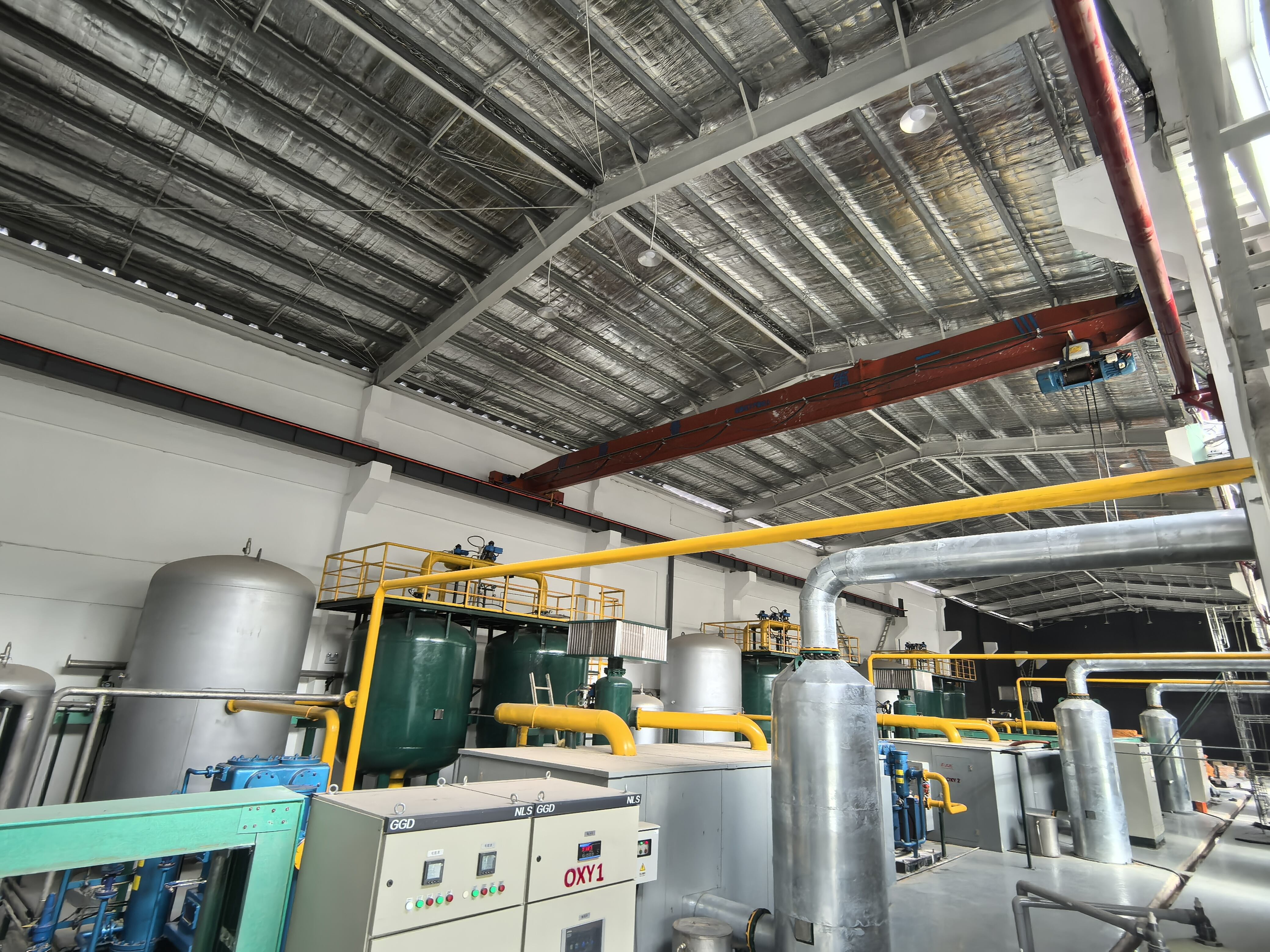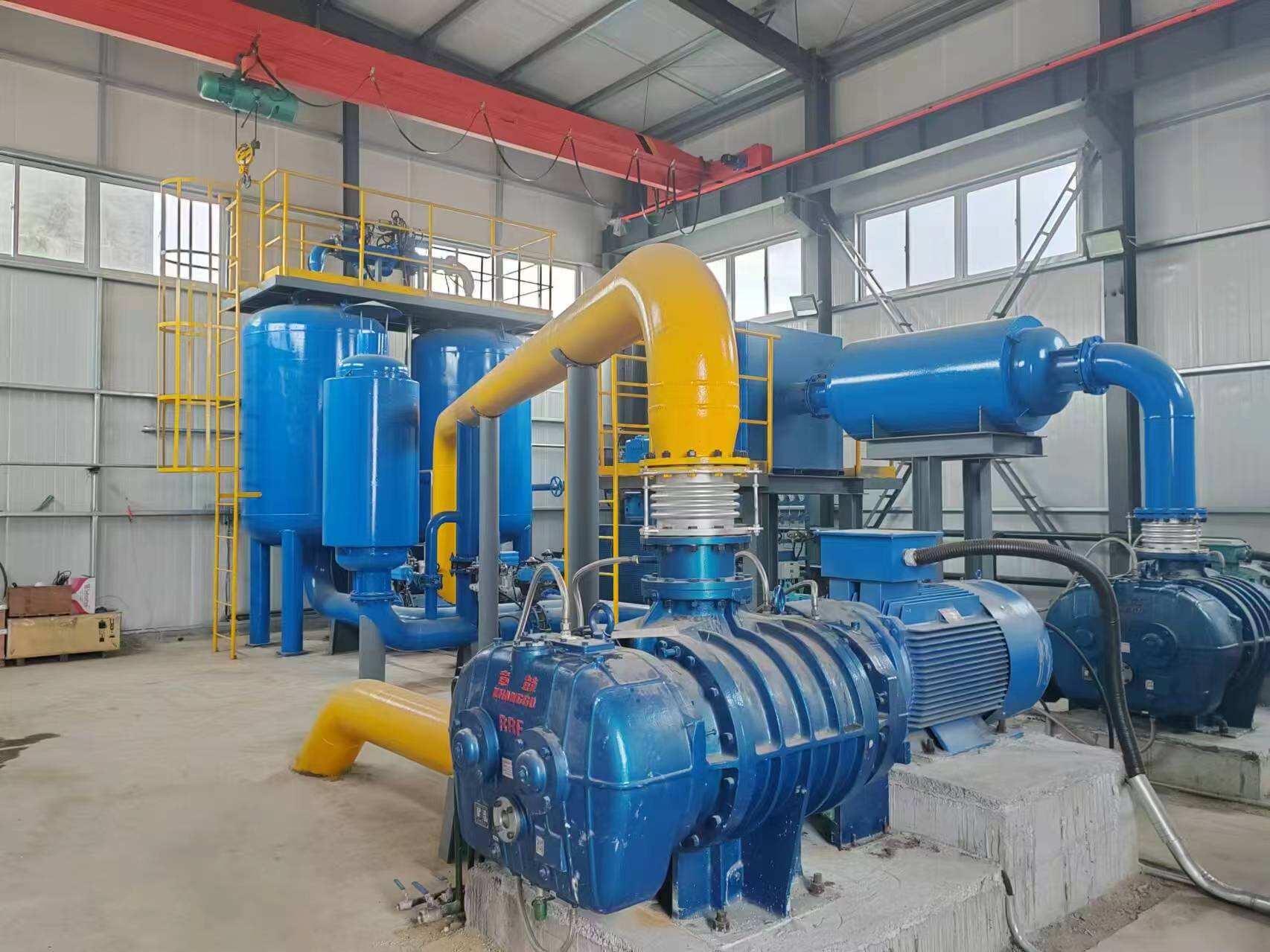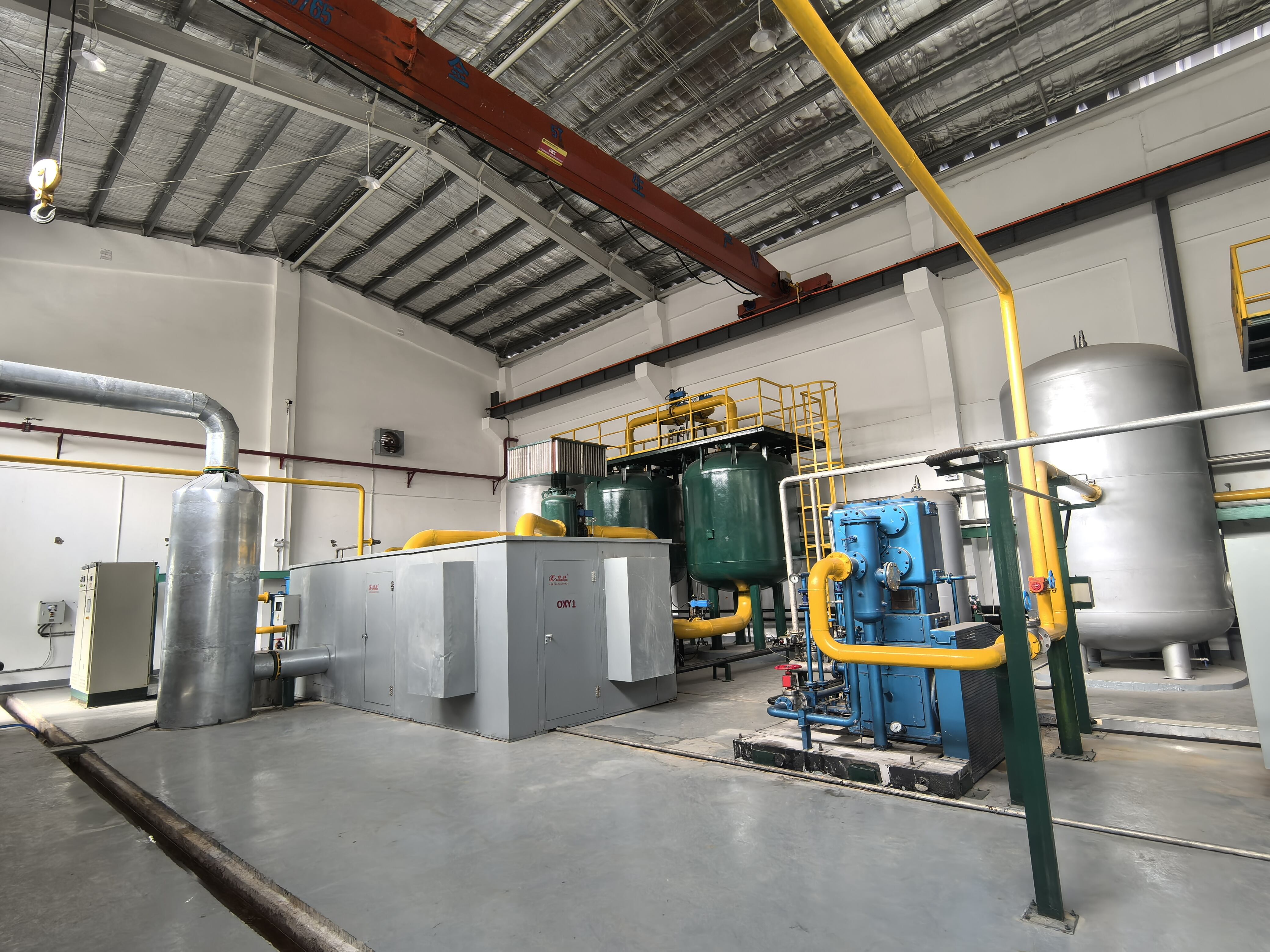vpsa air separation process
VPSA (Vacuum Pressure Swing Adsorption) air separation is an advanced technology that efficiently separates atmospheric air into its primary components, notably oxygen and nitrogen. This process utilizes specialized molecular sieve materials that selectively adsorb nitrogen while allowing oxygen to pass through. The system operates through alternating pressure cycles, where air is compressed and passed through adsorption beds at higher pressure, followed by a vacuum phase that regenerates the adsorbent material. The VPSA process typically achieves oxygen purity levels of 90-95%, making it ideal for various industrial applications. The technology incorporates multiple vessels filled with adsorbent material, operating in a synchronized manner to ensure continuous production. Key components include air compressors, vacuum pumps, adsorption vessels, and sophisticated control systems that manage the pressure swing cycles. This method has revolutionized on-site gas generation by offering a more cost-effective and reliable alternative to traditional cryogenic separation or liquid oxygen delivery. The process is particularly valuable in medical facilities, steel manufacturing, glass production, and water treatment facilities, where consistent oxygen supply is crucial. Modern VPSA systems are designed with energy efficiency in mind, incorporating heat recovery systems and advanced control algorithms to optimize performance and reduce operational costs.


